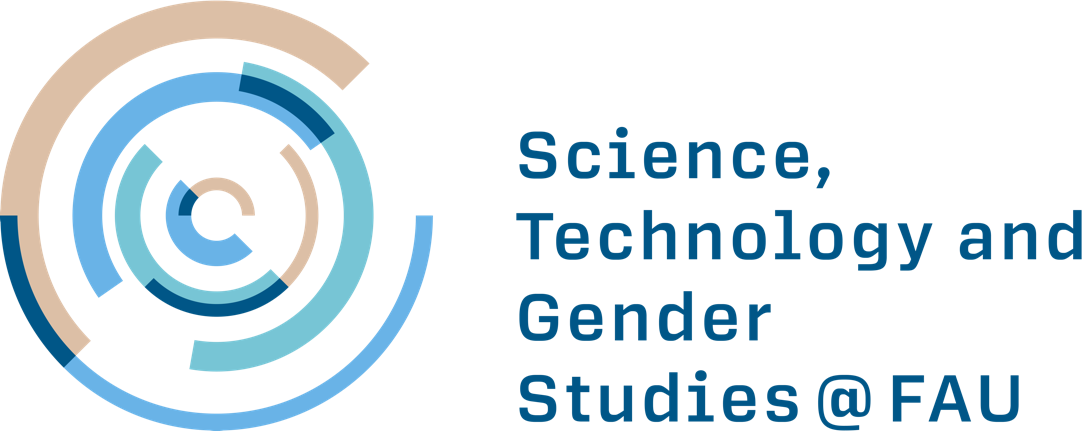Teaching
An Introduction to Science Technology Studies
This seminar offers an introduction to Science and Technology Studies (STS), an interdisciplinary field that explores how science and technology are shaped by – and in turn shape – society, politics, and culture. Through key texts, case studies, and group discussions, we will examine how knowledge is produced, what counts as evidence, who is considered an expert, and how technologies interact with everyday life, from labs and infrastructures to algorithms and classification systems.
view on campo to see more details.
Gender in the History of Technology
Is technology truly gender-neutral? This seminar challenges thit assumption by exploring how gender has both shaped and been shaped by technological development. From domestic appliances and early computing to engineering and nuclear science, we trace how artefacts and practices reflect and reinforce gender norms, and how gender, as an analytical tool, has reshaped not only the way we write the history of technology, but also how we understand technology itself.
view on campo to see more details.
